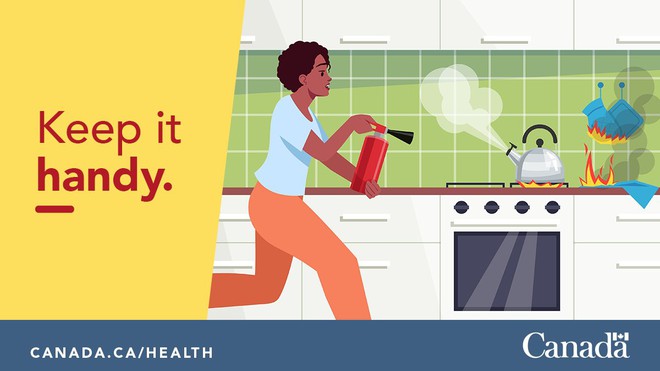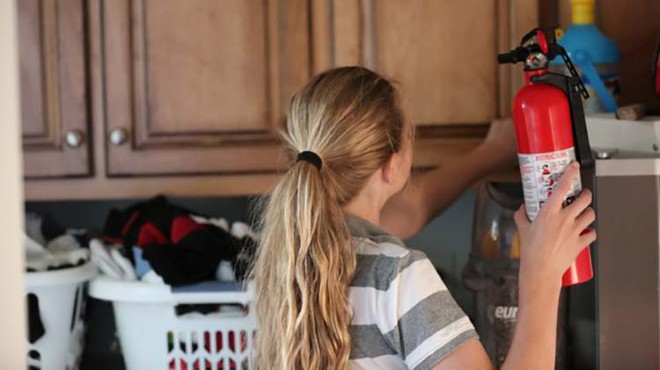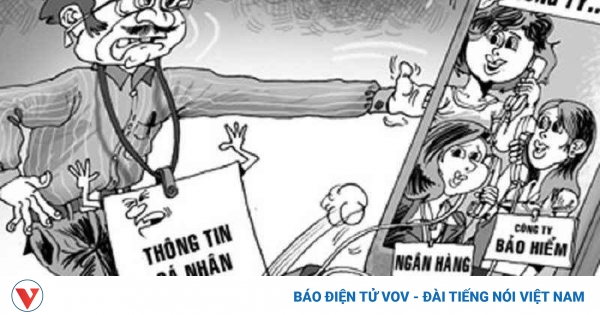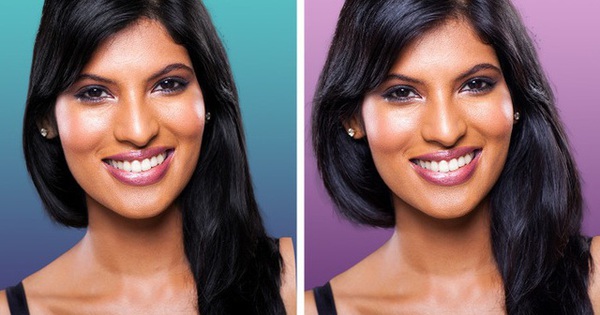Types of burns and how to treat them
Every year, nearly 500,000 people in the US seek medical care for burns. This damage occurs when heat, chemicals, electricity, radiation, or sunlight damage the skin.
Burns are classified by severity. Health care professionals determine the extent of a burn based on how deep the wound is. Recommended treatment depends on the cause and severity, although all burns should be kept clean and bandaged.
We will learn more about the three types of burns and how to treat each type of burn in the article below!
How common are burns?
Burns are common injuries, most of which occur as a result of accidents. Of the 500,000 burns that occur each year in the United States, about 40,000 require hospitalization. About 3,300 burn victims die annually, and up to 10,000 Americans die from burn-related infections.
Children are at the highest risk of accidental burns.

(Photo: https://www.researchgate.net)
In fact, about 435 children in the United States aged 0 to 19 receive emergency treatment for burns every day. Other high-risk populations include adolescents (who are more likely to play with fireworks and get sunburnt) and older adults (who are more susceptible to cooking burns and scalds).
What can cause burns?
Burns can happen for many reasons. Here are some of the most common causes:
– Heat source (fire, hot liquid, steam, contact with hot surface)
– Chemicals (cement, acid, drain cleaner)
– Sunlight (UV rays)
– Electricity
– Radiation
How to prevent burns
Because of the many ways burns can occur in everyday life, it’s important to take certain precautions. Here’s how to reduce your risk of getting burned.

(Photo: https://raisingchildren.net.au)
Apply broad-spectrum sunscreen to all exposed skin before going outside.
– Set your water heater to 120 degrees to reduce the risk of scaling at the faucet.
Try a shower or bath water before giving your baby a bath.
– Store lighters, matches, and chemicals in a secure, locked cabinet.
– Use the afterburner of the stove when cooking with children around. Turn the handles inwards so they don’t get bumped. Do not hold children while cooking and do not leave the stove hot unattended.
There are many dangers of burns that can happen to children – who do not know how to protect themselves and are still curious about the world around them.
– Keep a fire extinguisher in the kitchen and know how to use it.
– Install electrical outlet covers to prevent children from poking anything into the outlet.
– Set up protective measures around bright fireplaces and never leave children unattended in the area.
– Install smoke alarms and test them once a month. Having a functional smoke alarm reduces your chances of dying in a fire by 50%.
– Make a fire escape plan with your family. Make sure everyone knows at least two exits from each room and identify a safe meeting location outside.
Degrees of burns
1. First degree burns
First-degree burns are considered mild or superficial because they only damage the top layer of skin called the epidermis. Most sunburns are first-degree burns. Typical symptoms include redness and pain.
– How to treat 1 degree burns
Although this is the least serious type of burn, it can leave scars if not treated properly. If you or a loved one shows signs of a first-degree burn, provide care at home by following these tips.
+ Put cool water on the burn or apply cool, wet compresses. Do not apply ice as it can cause tissue damage.
For sunburn, apply cooling aloe vera gel.
For thermal burns, apply antibiotic cream or kerosene and cover lightly with a gauze or other non-adhesive bandage.

Do not apply ointment or butter on the burn, which will increase the risk of infection.
Take an over-the-counter pain reliever to relieve pain and reduce inflammation.
Avoid the sun for a few days. As the burn heals, protect the burn from further damage by seeking shade, wearing protective clothing, or applying sunscreen.
First-degree burns usually heal on their own without further treatment. However, you should seek medical attention if the burn covers a large area of the body or the victim is an infant or an elderly person.
2. Second degree burns
Second-degree burns affect the epidermis and the next layer of skin called the dermis. Symptoms include pain, redness, swelling, blistering, and a shiny appearance.
– How to treat 2nd degree burns
Treating second-degree burns is similar to treating first-degree wounds. In addition to the tips above, follow other recommendations.
Look for prescription antibiotic creams containing silver sulfadiazine from your healthcare provider.
Elevate the burn area to reduce pain and swelling.
+ Does not break blisters.
Take off jewelry or clothing, limit clothes that are too tight if the skin is swollen.
Second-degree burns usually require medical treatment. If you have severe pain, blistering, or burning in your hands, feet, face, or genitals, call your healthcare provider right away.
3. Third degree burns
Third-degree burns affect all three layers of the skin – the epidermis, dermis, and subcutaneous fat. Damage also destroys hair follicles, sweat glands, and nerve endings. Burnt skin can be black, white, or red, as well as a skin-like or charred appearance.
Because the nerve endings are damaged, a 3rd degree burn may be painless but there may be patches of 1st and 2nd degree burns around the burn.
– How to treat 3 degree burns
Third-degree burns can be life-threatening and require special medical attention. Until you get to the hospital, follow these first aid tips for caring for someone with a third-degree burn.
Cover minor burns with a sterile gauze pad or clean cloth.
Do not apply ointment to the burn.
To avoid shock, lay victim flat and raise legs about 30cm. Also, elevate the burned area above the victim’s head when possible.
If the face is burned, have the victim sit up. Watch closely for breathing problems and signs of shock.
Seek immediate medical attention for third degree burns. Treatment may include the following.
. Water-based treatments, such as cleaning and stimulating wound tissues.
. Breathing assistance and a feeding tube may be needed for people with extensive burns or burns to the face and neck.
. Intravenous fluids prevent dehydration and organ failure.
. Strong medications can help control pain, while intravenous antibiotics fight the infection.
. A surgical skin graft replaces damaged tissue with healthy skin from another part of the victim’s body. If there is not enough healthy skin left, a temporary donor skin can come from a deceased donor or an artificial source.
. Reconstructive surgery improves the appearance of burn scars and increases the flexibility of the joints affected by the scarring.
. Physical therapy helps keep the skin stretched so that the joints remain flexible.
* Invite readers to watch the programs broadcast by Vietnam Television on TV Online and VTVGo!
at Blogtuan.info – Source: vtv.vn – Read the original article here





